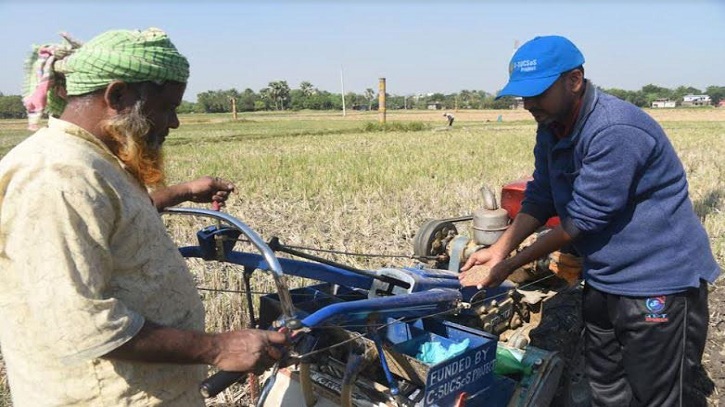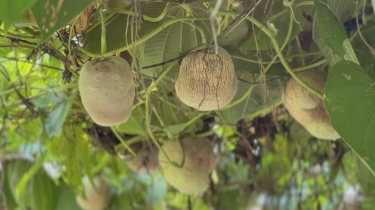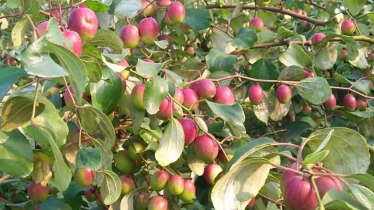
Conservation agriculture is emerging as a crucial solution to tackle the harmful impacts of climate change in the drought-prone Barind region, according to agricultural experts and researchers. They emphasize that adopting conservation agriculture practices can significantly enhance climate resilience, reduce water usage, and help farmers shift away from traditional water-intensive methods.
Speaking to BSS on Thursday, specialists outlined how conservation agriculture could transform farming in the region. Dr. Shakhawat Hossain, Chief Scientific Officer at the Bangladesh Agricultural Research Institute (BARI), highlighted core principles of conservation farming in Rajshahi, including reduced tillage, crop rotation, intercropping, and the use of power tiller operated seeders (PTOS) for early planting.
A key feature of the system is the retention of crop residues in fields, which improves soil fertility, conserves moisture, reduces input costs, and enhances yields, particularly for low-water-demand crops such as mustard, lentils, maize, and wheat. “Scientific research has shown that conservation agriculture boosts crop yields and increases net profits for farmers,” Dr. Hossain noted. “It also cuts costs on labor, seeds, and fertilizers.”
He added that minimizing tillage and cultivating low-water crops provide effective ways to adapt to erratic rainfall and frequent droughts, while also promoting soil fertility and carbon sequestration, contributing to long-term sustainability. Locally developed machinery such as PTOS helps ensure timely planting, precise seed placement, and reduced labor and fuel expenses. Retaining crop stubble and leaves shields the soil from erosion, sunlight, and wind while enriching organic matter. Farmers are being encouraged to adopt crop rotation and intercropping as natural ways to suppress weeds, improve fertility, and raise overall productivity, with a growing shift toward low-water crops in the drought-affected high Barind region.
Dr. Nurul Islam, Chief Scientific Officer of the Soil Resource Development Institute, stressed the importance of maintaining organic matter in soil. “Covering the land with crops and residues is vital for improving soil structure, preventing erosion, and conserving moisture,” he said. He also underscored the need to cultivate water-efficient crops and maximize surface water use to reduce pressure on groundwater.
“This represents a real opportunity to improve rural livelihoods through higher productivity, better agribusiness, and stronger food and water security,” Dr. Islam added. Another expert, Dr. Israel Hossain, emphasized the necessity of further training and awareness among farmers on conservation agriculture and modern machinery to reap full benefits. He recommended targeted programs to provide equipment and incentives for early adopters, along with training local service providers to ensure farmers receive the support required for effective implementation.
Former Director of the Department of Agricultural Extension, Manjurul Huda, underlined the urgency of promoting conservation agriculture technology across the Barind region to halt soil fertility decline. “With the adverse effects of climate change bringing irregular rainfall, drought, and natural disasters, this technology offers an effective way to produce crops with minimal water use, unlike traditional methods such as puddling for rice cultivation,” Huda said.





